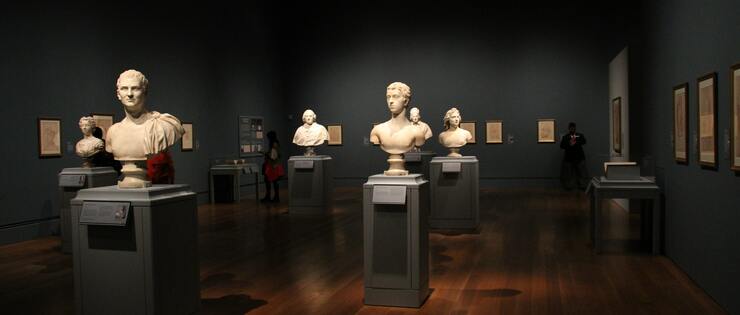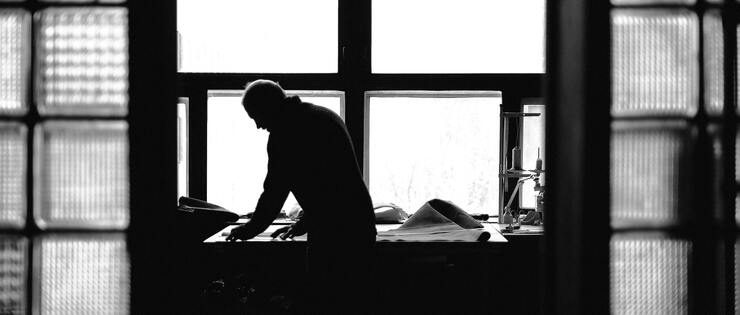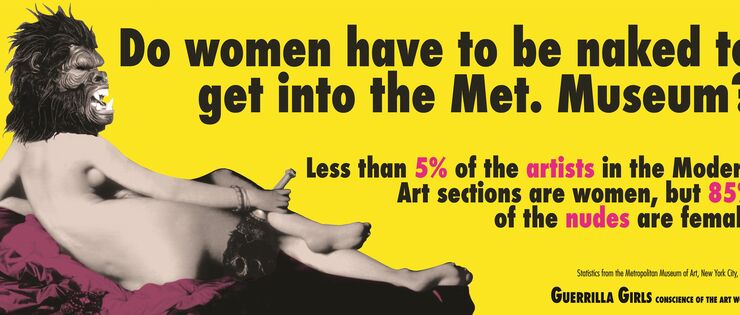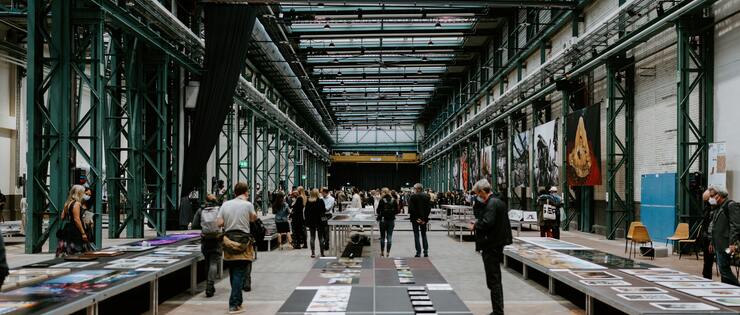Louise Bourgeois was an artist who made history with her indomitable nature. From giant phalli and spiders to morbid installations and whimsical performances, she shook up the art world - not too briefly: born in 1911, the French artist ran riot in her New York studio until her death in 2010. She paired her surrealist roots with her personal psychological reappraisal process - and crowned this creation with ambiguous genital sculptures or a family massacre. Today, the giant spider sculpture Maman in front of the Guggenheim Museum in Bilbao is a testament to her playful, rebellious esprit.
Louise Bourgeois: her long way to the top
In 1911 in Paris, a girl is born who would live to be almost 100 years old. In 2010, at the end of her life, she is where many want to be: at the top of the art world. Louise Bourgeois asserted herself, with spiders and phalli, performance and installations - and her »indomitable« nature.

The Spider, a loving predator: Bourgeois' great triumph
In 1999, Louise Bourgeois received the Golden Lion for her life's work at the Venice Biennale − yet she had not even created her most famous work. She devoted an entire decade to researching the mother figure, culminating in the monumental spider sculpture Maman. This and its six casts fascinate viewers worldwide.
»Drawings are thought feathers«
Louise Bourgeois is one of the most famous artists of the 20th century. Her large-format spider sculptures are particularly associated with her. However, the artist's early works are primarily drawings. These were psychologically and artistically essential for Bourgeois, which is why she drew them daily until the end of her life.



























